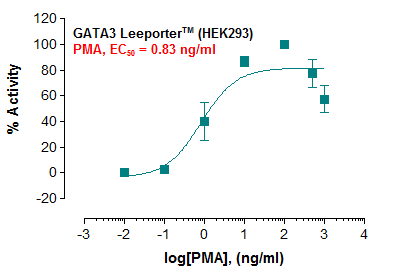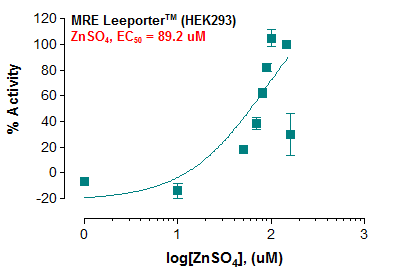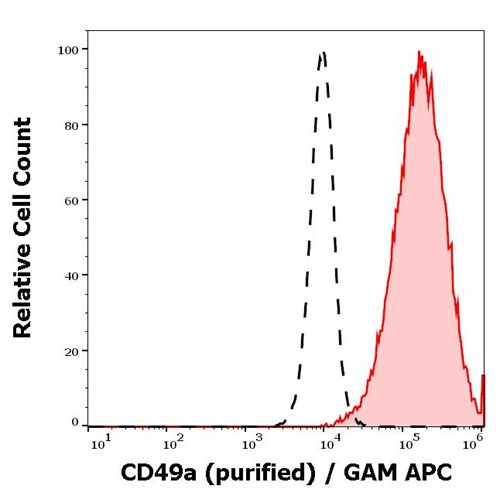Mouse ALK-4 / ACVR1B Recombinant Protein (Fc Tag)(Discontinued)
Shipping Info:
For estimated delivery dates, please contact us at [email protected]
| Amount : | 100 µg |
| Purification : | > 95 % as determined by SDS-PAGE. |
| Content : | Formulation Lyophilized from sterile PBS, pH 7.4. Normally 5 % - 8 % trehalose, mannitol and 0.01% Tween80 are added as protectants before lyophilization. |
| Storage condition : | Store it under sterile conditions at -20°C to -80°C. It is recommended that the protein be aliquoted for optimal storage. Avoid repeated freeze-thaw cycles. |
| AA sequence : | Met1-Glu126 |
| Alternative Name : | 6820432J04 Protein, Mouse; ActR-IB Protein, Mouse; ActRIB Protein, Mouse; Acvrlk4 Protein, Mouse; Alk4 Protein, Mouse; SKR2 Protein, Mouse |
Source : HEK293 Cells
ALK-4 (Activin Receptor-Like Kinase 4) or ACVR1B (Activin A Receptor, type 1B), belongs to the protein kinase superfamily, TKL Ser/Thr protein kinase family, and TGFB receptor subfamily. ALK-4/ACVR1B acts as a transducer of activin or activin like ligands signals. Activin binds to either ACVR2A or ACVR2B and then forms a complex with ACVR1B. The known type II activin receptors include ActRII and ActRIIB, while the main type I activin receptor in mammalian cells is ALK-4 (ActRIB). In the presence of activin, type II and type I receptors form complexes whereby the type II receptors activate ALK-4 through phosphorylation. The activated ALK-4, in turn, transduces signals downstream by phosphorylation of its effectors, such as Smads, to regulate gene expression and affect cellular phenotype. ALK-4/ACVR1B is an important regulator of vertebrate development, with roles in mesoderm induction, primitive streak formation, gastrulation, dorsoanterior patterning, and left-right axis determination.
ALK-4 (Activin Receptor-Like Kinase 4) or ACVR1B (Activin A Receptor, type 1B), belongs to the protein kinase superfamily, TKL Ser/Thr protein kinase family, and TGFB receptor subfamily. ALK-4/ACVR1B acts as a transducer of activin or activin like ligands signals. Activin binds to either ACVR2A or ACVR2B and then forms a complex with ACVR1B. The known type II activin receptors include ActRII and ActRIIB, while the main type I activin receptor in mammalian cells is ALK-4 (ActRIB). In the presence of activin, type II and type I receptors form complexes whereby the type II receptors activate ALK-4 through phosphorylation. The activated ALK-4, in turn, transduces signals downstream by phosphorylation of its effectors, such as Smads, to regulate gene expression and affect cellular phenotype. ALK-4/ACVR1B is an important regulator of vertebrate development, with roles in mesoderm induction, primitive streak formation, gastrulation, dorsoanterior patterning, and left-right axis determination.
Measured by its ability to bind with rat TDGF1-His in a functional ELISA.
Endotoxin :< 1.0 EU per µg protein as determined by the LAL method.
For Research Use Only. Not for use in diagnostic/therapeutics procedures.
|
There are currently no product reviews
|




















.png)








